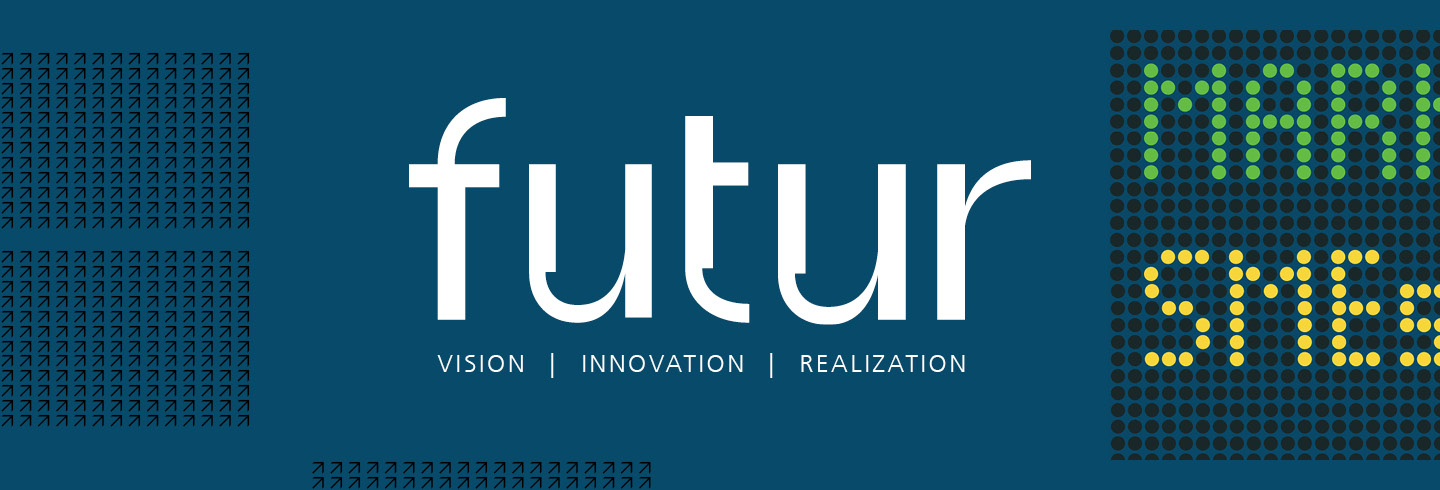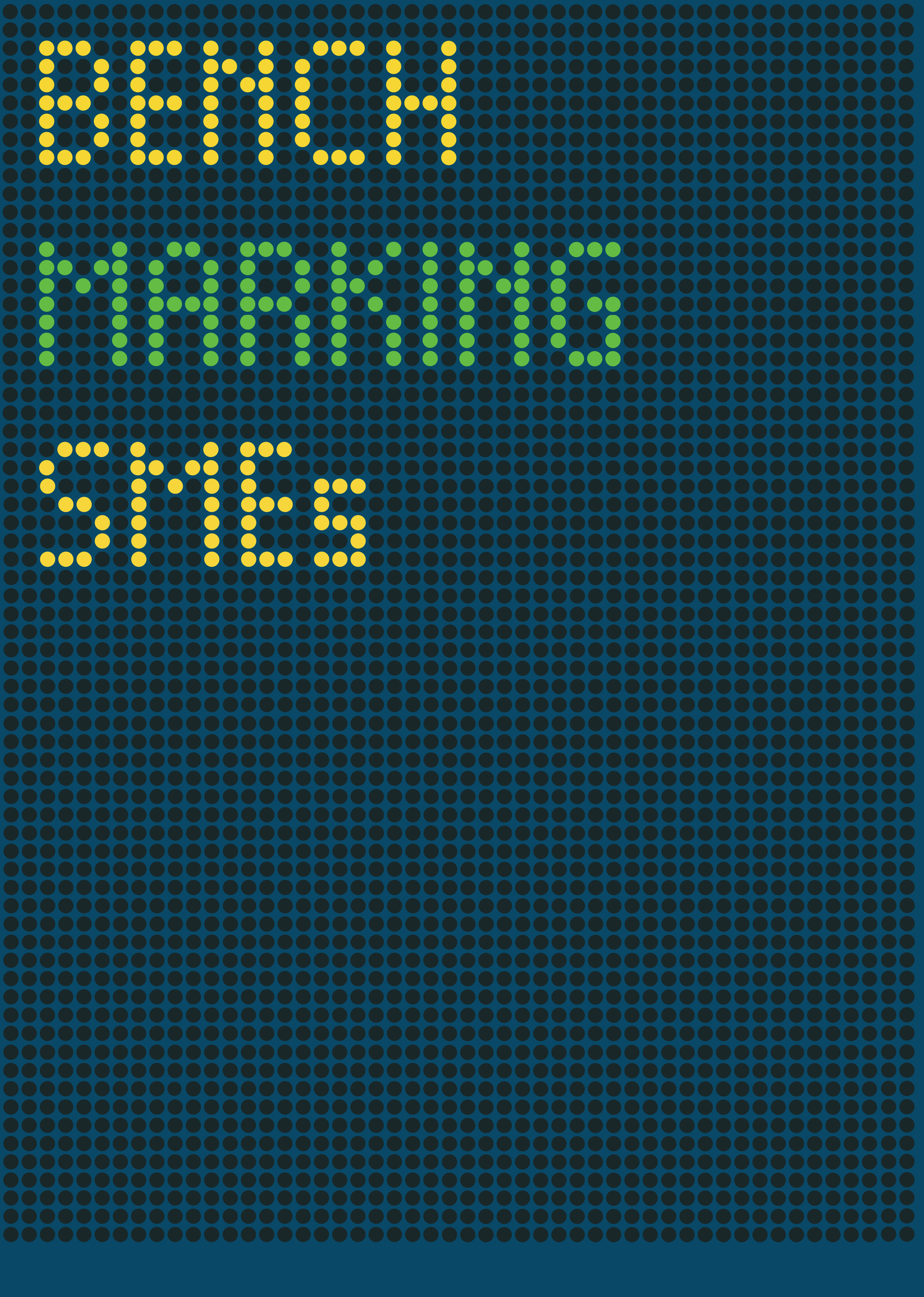Benchmarking SMEs
Germany’s small and medium enterprises, the so-called Mittelstand, are a key factor for the country’s economic success. So what does today’s Mittelstand look like? Take, for instance, Sirri Haydar, a modern entrepreneur. His company HS Dienstleistungen GmbH is based in Mainhausen, where it has been providing cleaning services in the Rhein-Main region for over twenty years. You could hardly find a more down-to-earth firm.
For Mr. Haydar it is important that his company not just makes a profit, but that it also conducts its business in a sustainable and socially responsible manner. That is why he has developed a system that uses 80 percent less chemicals in cleaning agents while producing exactly the same results as conventional cleaning products. In a time when customers are placing increasing value on sustainability, this can be a keen competitive advantage for HS Dienstleistungen. But as Mr. Haydar says, »As a member of the Mittelstand, given the resources we have, it is difficult to justify and communicate this innovation to our customers.«
Intrinsic Motivation
What Mr. Haydar says touches the pulse of our times. His is one of many SMEs that have discovered sustainability for themselves. These enterprises generally are deeply rooted in their regional and social environment and feel a special responsibility for their region, their employees and society. Moreover, as suppliers SMEs are particularly vulnerable to any scarcity of resources and must be particularly inventive in finding alternatives.
Regina Brückner of Brückner Trockentechnik GmbH, an equipment manufacturer for the textile industry, is also an advocate of the sparse use of resources: »Our customers are under tremendous pressure from major retailers – they have to account for the measures they take to raise sustainability in their production. To help them achieve this, we offer our customers comprehensive solutions – ranging from highly efficient machines that use significantly less resources (than the machines of our competitors) to training courses and intelligent simulation tools for improving the energy efficiency of our equipment.«
Searching for Substitutes
Another example is the cosmetics manufacturer Kneipp, which wants to reduce the amount of packaging material the company uses. Stone (i.e. mineral-based) paper now replaces a good part of the company's conventional types of paper. Substitution of packaging material are saving large amounts of water that would be used in traditional paper manufacturing.
Yet the search for substitutes has its own challenges. As Manuela Fischer, managing director of the architecture firm planen + bauen in Osnabrück, explains: »It is difficult to find affordable alternatives to petroleum-based construction materials. On the one hand, there is a lack of independent portals where you can find information about sustainable substitute products and their suppliers, while on the other, when you do find them, often enough they cannot deliver what you want in sufficient quantity. Long delivery distances are another problem. If a supplier is sitting at the other end of Germany, this does not necessarily make procurement of the material any more sustainable.«
Sustainability as Opportuntity
So what advantages do entrepreneurs hope to gain from putting sustainability on the agenda? First of all, they see direct and very obvious advantages. Using less material and using it efficiently, means they save money. By taking on sustainability measures, they can give their company a more advantageous forward-looking position vis-à-vis the market competition. What is more, they enhance their attractiveness as an employer for the younger generation which serves as a pre-emptive measure against the impending lack of skilled professionals.
»It is important for Mittelstand companies to scope out what opportunities and risks climate change, dwindling resources, and demographic change hold in store for their own business model, just as it is important for them to know what impact their own business operations are having,« says Max Kettner of the Federal Association of Small and Medium-sized Businesses (Bundesverband mittelständische Wirtschaft – BVMW). »With the insights gained from collecting the relevant data, you can both communicate this externally to your customers, business partners and investors, and use it internally for management purposes.«
Support for Mittelstand Companies
The project »Mittelstand.Ressource – Sustainable Key Figure Benchmarking for Small and Medium-sized Enterprises« is financed by the German Federal Foundation for the Environment (Deutsche Bundesstiftung Umwelt) and run by the BVMW and Fraunhofer IPK. It offers small and medium-sized companies a gateway into strategic sustainability management. Companies can analyze their strengths and weaknesses with the help of the catalogue of criteria compiled by the project, compare their sustainability performance and recognize their own individual potential.
In compiling the catalogue, over 1,700 existent key figures from standard market sustainability analyses were audited and specially tailored to meet the needs of the Mittelstand. The outcome is a catalogue of questions with 43 key figures tested and finalized by the project in a variety of industry sectors.
 Fraunhofer Institute for Production Systems and Design Technology
Fraunhofer Institute for Production Systems and Design Technology
